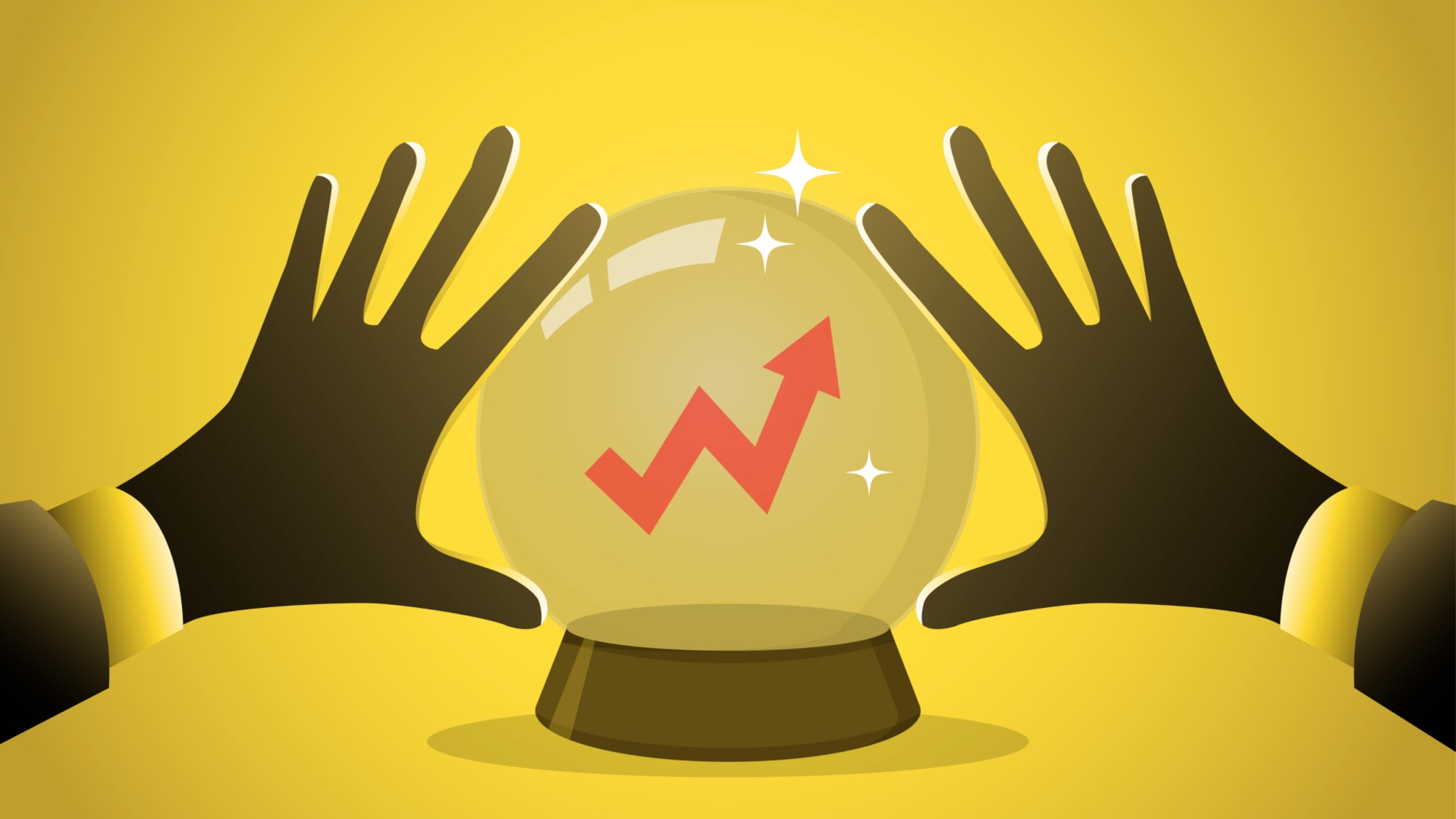Why frogs and other amphibious 'climate captives' are 'the world's most threatened animals'
Endangered mammals and birds get a lot of attention, but amphibians are faring much worse in this hotter world


More than 40% of the world's frog, salamander and other amphibious species are threatened with extinction, researchers reported Wednesday in the journal Nature. The comprehensive survey of global amphibious populations found that things have gotten worse for the cold-blooded vertebrates since the International Union for Conservation of Nature conducted its first headcount in 2004.
The nearly 41% of endangered amphibian species compares with 27% of mammals, 21% of reptiles and 13% of birds, the study said. "Amphibians are the world's most threatened animals," Duke University frog researcher Junjie Yao, who was not involved in the study, told The Associated Press.
The biggest threat to amphibians remains the loss of habitat to farming and ranching, the study found, but climate change is a growing peril.
The Week
Escape your echo chamber. Get the facts behind the news, plus analysis from multiple perspectives.

Sign up for The Week's Free Newsletters
From our morning news briefing to a weekly Good News Newsletter, get the best of The Week delivered directly to your inbox.
From our morning news briefing to a weekly Good News Newsletter, get the best of The Week delivered directly to your inbox.
"As humans drive changes in the climate and to habitats, amphibians are becoming climate captives, unable to move very far to escape the climate change-induced increase in frequency and intensity of extreme heat, wildfires, drought, and hurricanes," Jennifer Luedtke Swandby, a lead author of the study, said in a statement.
Amphibians have different life stages that require separate habitats, so a disruption to any of their environments is dangerous. And their delicate skin, which many amphibians use to breathe, makes them especially vulnerable to drought, pollution and fungal or bacterial infections. Amphibians "lack the scales, fur and feathers of other animals to help regulate their temperature and moisture levels in this hotter and more drought-stricken world," The Washington Post reported.
"Amphibians are disappearing faster than we can study them," said Re:wild's Kelsey Neam, another lead author, "but the list of reasons to protect them is long, including their role in medicine, pest control, alerting us to environmental conditions and making the planet more beautiful." And while frogs and other amphibians may be "overlooked compared to more well-known groups like birds and mammals," Neam added, "we will see this collapse of the food web" if they vanish.
A free daily email with the biggest news stories of the day – and the best features from TheWeek.com
Peter has worked as a news and culture writer and editor at The Week since the site's launch in 2008. He covers politics, world affairs, religion and cultural currents. His journalism career began as a copy editor at a financial newswire and has included editorial positions at The New York Times Magazine, Facts on File, and Oregon State University.
-
 ‘Care fractures after birth’
‘Care fractures after birth’instant opinion Opinion, comment and editorials of the day
-
 Shots fired in the US-EU war over digital censorship
Shots fired in the US-EU war over digital censorshipIN THE SPOTLIGHT The Trump administration risks opening a dangerous new front in the battle of real-world consequences for online action
-
 What will the US economy look like in 2026?
What will the US economy look like in 2026?Today’s Big Question Wall Street is bullish, but uncertain
-
 How climate change is affecting Christmas
How climate change is affecting ChristmasThe Explainer There may be a slim chance of future white Christmases
-
 Why scientists are attempting nuclear fusion
Why scientists are attempting nuclear fusionThe Explainer Harnessing the reaction that powers the stars could offer a potentially unlimited source of carbon-free energy, and the race is hotting up
-
 Parthenogenesis: the miracle of 'virgin births' in the animal kingdom
Parthenogenesis: the miracle of 'virgin births' in the animal kingdomThe Explainer Asexual reproduction, in which females reproduce without males by cloning themselves, has been documented in multiple species
-
 Canyons under the Antarctic have deep impacts
Canyons under the Antarctic have deep impactsUnder the radar Submarine canyons could be affecting the climate more than previously thought
-
 NASA is moving away from tracking climate change
NASA is moving away from tracking climate changeThe Explainer Climate missions could be going dark
-
 A rat infestation is spelling trouble for the almond industry
A rat infestation is spelling trouble for the almond industryThe Explainer The infestation has affected at least 100,000 acres in California
-
 Rabbits with 'horns' sighted across Colorado
Rabbits with 'horns' sighted across Coloradospeed read These creatures are infected with the 'mostly harmless' Shope papilloma virus
-
 Scientists discover cause of massive sea star die-off
Scientists discover cause of massive sea star die-offSpeed Read A bacteria related to cholera has been found responsible for the deaths of more than 5 billion sea stars
